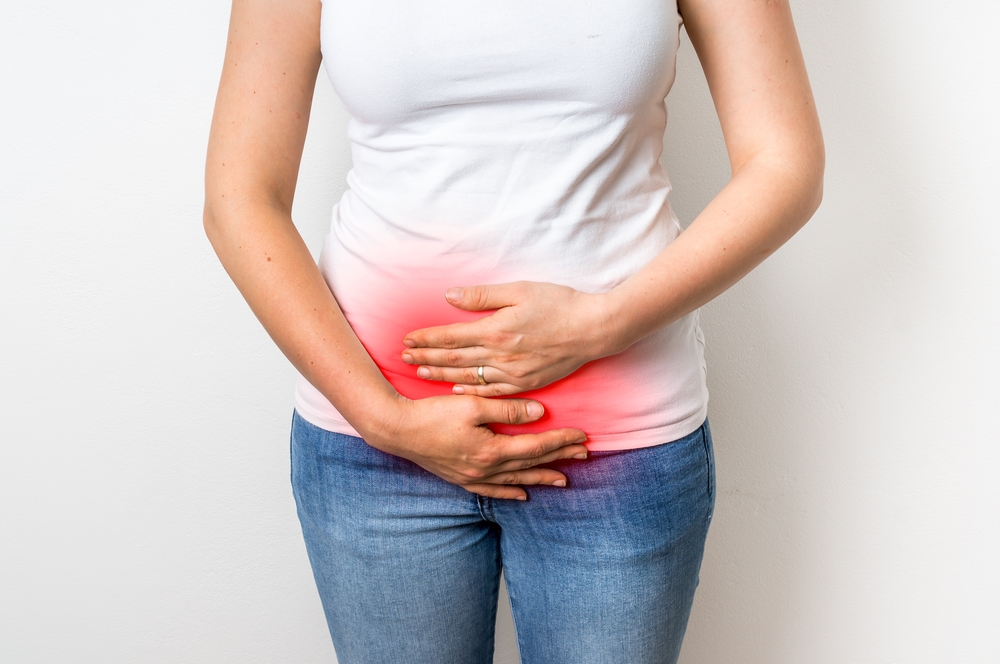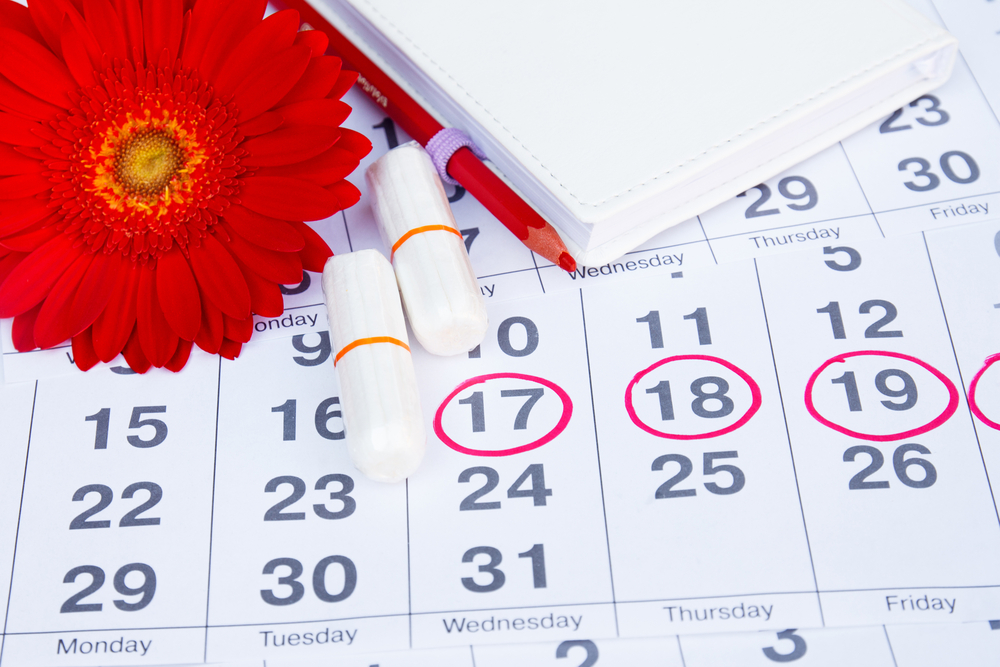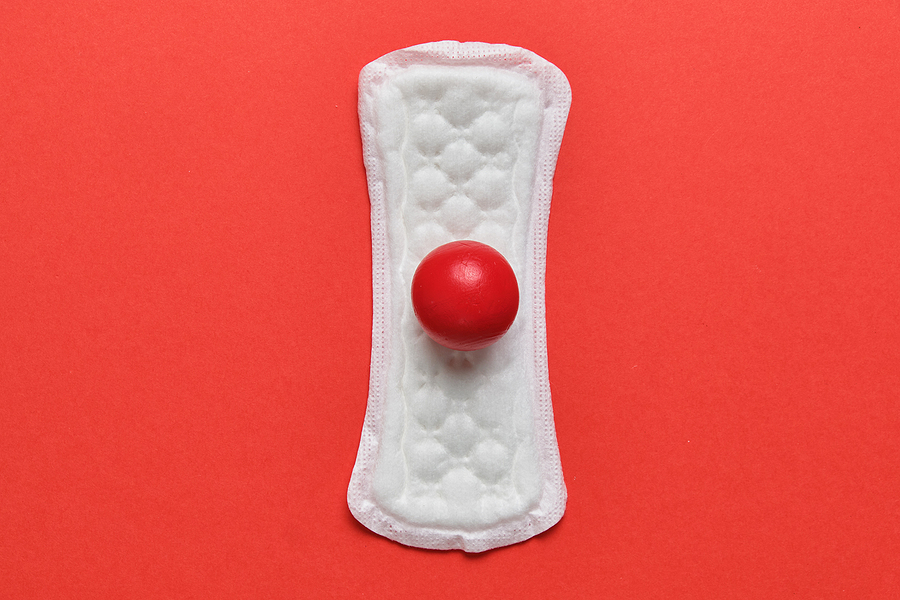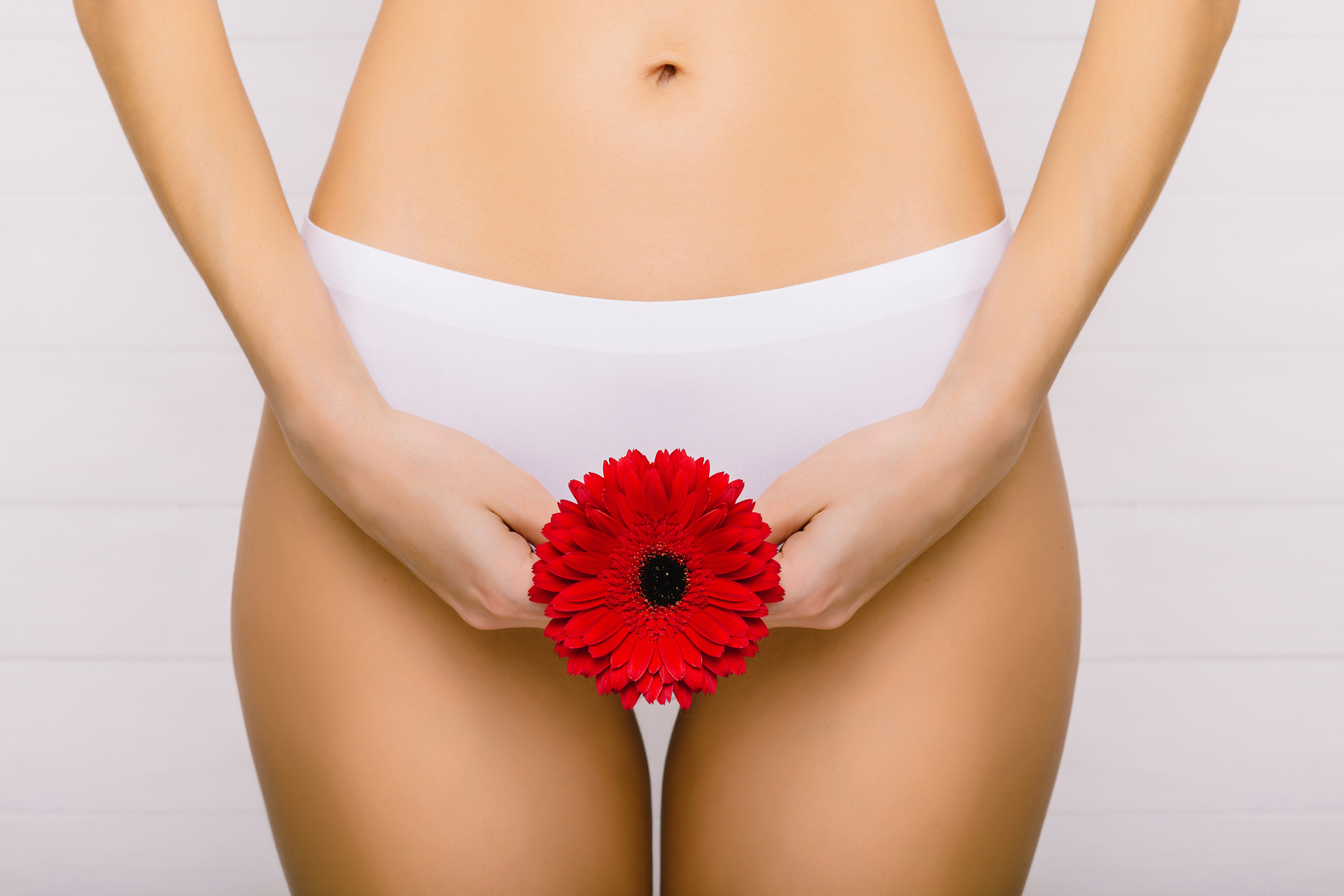Do you dread the onset of your period because you know it will leave you doubled over in pain, maybe even bedridden by discomfort? Have you missed work, school, or had to cancel social plans because you are simply too uncomfortable to leave the house? If so, you aren’t alone! Dysmenorrhea, the medical term for menstrual cramps, affects almost half of women everywhere, causing painful cramping before and during their periods. While some reports question data collection methods, I think it’s clear that the distress women suffer with menstrual cramps is a widespread problem.
Knowing this, I have to wonder why so many health practitioners in the past dismissed menstrual discomfort as an unjustified complaint. As the medical community has learned more about the cause of premenstrual syndrome, we now know that dysmenorrhea is a very real condition. There are actual physiological reasons for these painful symptoms. And seriously, why should women have this discomfort on a monthly basis when there are things that can be done to help?
I’m here to offer some hope. If you are in otherwise good health, the cramps you experience with your monthly period can be eliminated by giving your body the support it needs. Even severe cases of dysmenorrhea that won’t disappear entirely can be substantially improved with a few simple changes in lifestyle and healthier nutritional approaches that promote your hormonal balance.
Primary dysmenorrhea is cramping in the lower abdominal area that can last for several days during your period. Because of excess prostaglandin levels, dysmenorrhea can be accompanied by a number of uncomfortable symptoms that include bloating, nausea, vomiting, headache, backaches, pain that radiates down the thighs, or diarrhea. Prostaglandins are hormone–like fatty acids, affected by our dietary intake, that send pain signals to the brain. The additional prostaglandins cause tiny contractions of the uterine wall and the gastrointestinal symptoms that can come with dysmenorrhea.
In younger women, it is common to experience this kind of menstrual cramping, and often they improve as a woman ages. After their first pregnancy, many women report their menstrual cramping diminishes considerably as well.
It’s important to note that on occasion, a benign ovarian cyst or ectopic pregnancy can cause severe pelvic pain nearing the end of the cycle. We suggest that you visit with your healthcare provider if you’re experiencing tenderness and sharp pain that will not subside during the onset of your menstrual flow.
Secondary dysmenorrhea is described as a type of congested, dull pain that begins as much as two weeks before the start of your monthly flow. Women in their 30’s and 40’s are more likely to experience this kind of cramping and these symptoms usually do not subside with age. It could be coupled with bloating, an increase in weight, breast tenderness, headaches, lower back discomfort, and irritability. Warning signs could end up being amplified by changing estrogen levels, which in turn trigger fluid retention.
Chinese medical doctors look at this sort of painful period as a kind of blood stasis, in which important energy (chi) is unable to flow freely through the lower abdominal area. Root causes of this kind of discomfort, apart from hormonal imbalance, may include:
- Endometriosis (ectopic endometrial tissue)
- Adenomyosis (endometrial tissue within uterine wall)
- Pelvic infection or uterine infection
- Intrauterine device (IUD)
- Cervical stenosis (stricture of the internal cervical os, the opening to the uterus)
- Congenital uterine or vaginal abnormalities
- Fibroids
- Ectopic pregnancy
- Ovarian cysts
- Ovarian torsion
An unhealthy weight, cigarette smoking, chronic pelvic infections and/or STD’s are typical risk factors for secondary dysmenorrhea. Please schedule a check-up with your healthcare practitioner if you have persistent menstrual cramping that remains the same or worsens, or if your symptoms last for several months.
If you are free from the conditions listed above, we may be able to help you find natural relief from your monthly menstrual cramps. In my practice, I have experienced excellent results in treating women suffering with dysmenorrhea with nutritional supplements, exercise programs and occasionally, progesterone support. Once hormonal support is restored, periodic cramps generally subside and often completely resolve.
When you don’t have to worry about severe pain every month, you have the freedom to enjoy life the way you are intended to!
Take our Hormone Imbalance Quiz to check your symptoms and get started. Marcellepick.com also offers high-quality, pharmaceutical grade supplements to enhance your health.







